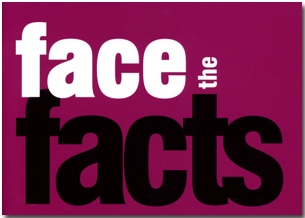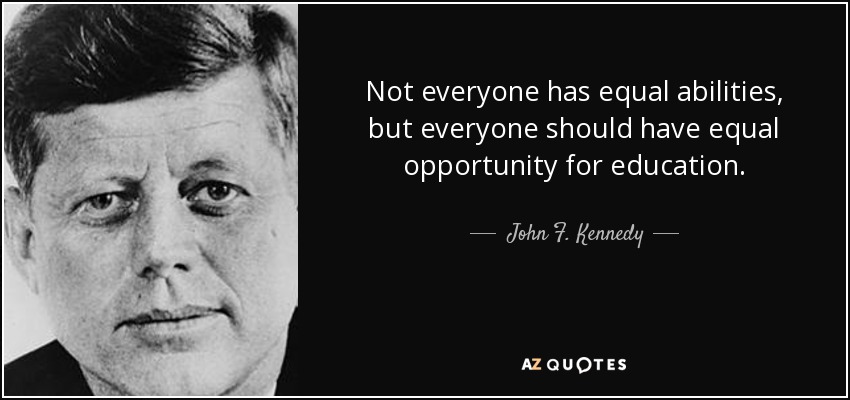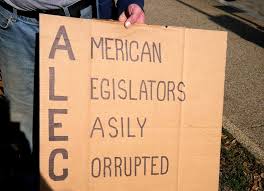The people that always do the heavy lifting of community and/or school improvement are those in the trenches. You can’t mandate them to do it. You can’t twist their arms, as much as we might like to. People need to see the need, know they share a common problem, see a way to solve it, and believe they can. Can that be put into reform law? Yes, I not only know think it can; I know that the philosophy of helping people help themselves was put into education law in 1965.
Our common problem is that the education reform laws now are designed to “do to us” instead of helping us to improve. In Idaho, there are clearly ten Title I (low-income schools) that are falling behind the other 93% of Idaho’s Title I schools. The law did make us identify and label theses schools but we — not the schools — continue to fail because society isn’t providing them with the help they need to improve. Recent laws actually make that process harder.
We fail to serve the neediest of our schools because there are no people adequately representing these schools at “the table” were decisions are being made for them. We toss them a bone now and then, occasionally allowing them three minutes to testify and sometimes even inviting them to a conference. This is not allowing them to be part of the solution; it only serves to pacify them, momentarily. This is not full and continuous engagement in the improvement process.
What we need from real “reform” laws — laws that address the needs of schools most in need of improvement — are laws that provide direction, guidance, and assistance in evaluating the problems on the ground, educating the community about those problems and the array of solutions available to them, and making sure the public feels welcomed into the process of being successful with the plan they themselves created. After all, ordinary Americans are the real doers and shakers.
Time to shake it up?








